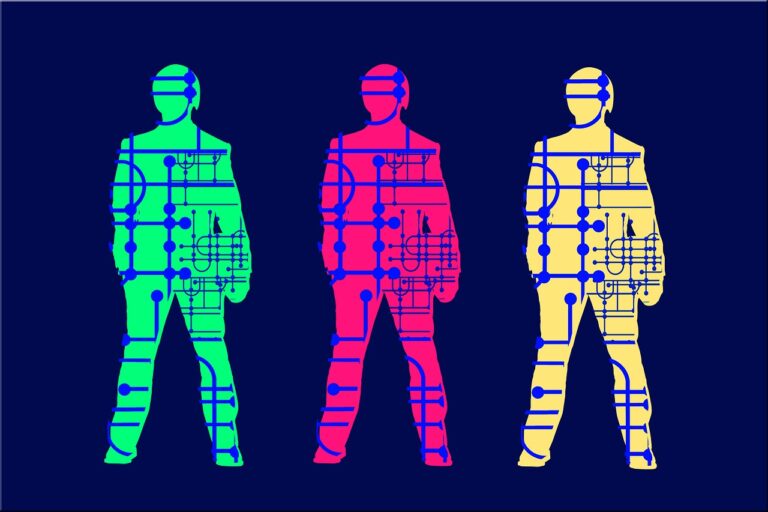Trends in Remote Healthcare Services
Remote healthcare services are becoming increasingly popular due to several key drivers. One significant driver is the growing demand for more accessible and convenient healthcare options, especially in rural or underserved areas where physical access to healthcare facilities may be limited. The advancement of technology and the widespread availability of smartphones and high-speed internet have also played a crucial role in the expansion of remote healthcare services.
Another key driver propelling the adoption of remote healthcare services is the need for cost-effective healthcare solutions. By utilizing telemedicine platforms and remote monitoring devices, healthcare providers can efficiently deliver care to patients without the need for physical consultations or frequent hospital visits. This not only reduces healthcare costs for both patients and providers but also increases overall efficiency in delivering healthcare services.
The Rise of Telemedicine Platforms
Telemedicine platforms have experienced a significant surge in popularity in recent years, offering patients convenient access to healthcare services from the comfort of their homes. These user-friendly digital platforms have revolutionized the way medical consultations are conducted, enabling patients to connect with healthcare providers through video calls, chat messages, and even phone calls.
Moreover, telemedicine platforms have proven particularly beneficial in improving healthcare accessibility for individuals residing in remote or underserved areas. Patients no longer need to travel long distances to visit a healthcare facility, as they can receive timely medical advice and treatment remotely. This advancement in telemedicine services has also played a crucial role in addressing the challenges posed by the lack of healthcare infrastructure in certain regions, ensuring that more people can access the medical care they need.
• Telemedicine platforms offer convenient access to healthcare services from home
• Patients can connect with healthcare providers through video calls, chat messages, and phone calls
• Improves healthcare accessibility for individuals in remote or underserved areas
• Reduces the need for patients to travel long distances to visit a healthcare facility
• Addresses challenges posed by lack of healthcare infrastructure in certain regions
Expansion of Remote Monitoring Devices
Remote monitoring devices have seen a significant increase in usage and development in recent years. These devices allow healthcare providers to remotely monitor patients’ vital signs, symptoms, and overall health status in real time. From wearable fitness trackers to specialized medical devices, the market for remote monitoring technologies continues to expand rapidly.
The widespread adoption of remote monitoring devices offers numerous benefits for both patients and healthcare professionals. Patients can enjoy the convenience of continuous health monitoring from the comfort of their own homes, reducing the need for frequent in-person visits. Healthcare providers, on the other hand, gain access to valuable real-time data that enables them to make more informed decisions and provide timely interventions when necessary.
What are some key drivers leading to the expansion of remote healthcare services?
Some key drivers include the increasing need for convenient healthcare options, advancements in technology, and the rise of telemedicine platforms.
How are telemedicine platforms contributing to the expansion of remote healthcare services?
Telemedicine platforms allow patients to connect with healthcare providers remotely, enabling access to care from the comfort of their homes.
What role do remote monitoring devices play in the expansion of remote healthcare services?
Remote monitoring devices allow healthcare providers to track patients’ vital signs and health data remotely, enabling better management of chronic conditions and early detection of health issues.
How can patients benefit from the expansion of remote monitoring devices?
Patients can benefit from the convenience of monitoring their health from home, leading to improved management of their health conditions and potentially reducing the need for frequent in-person visits to healthcare facilities.







